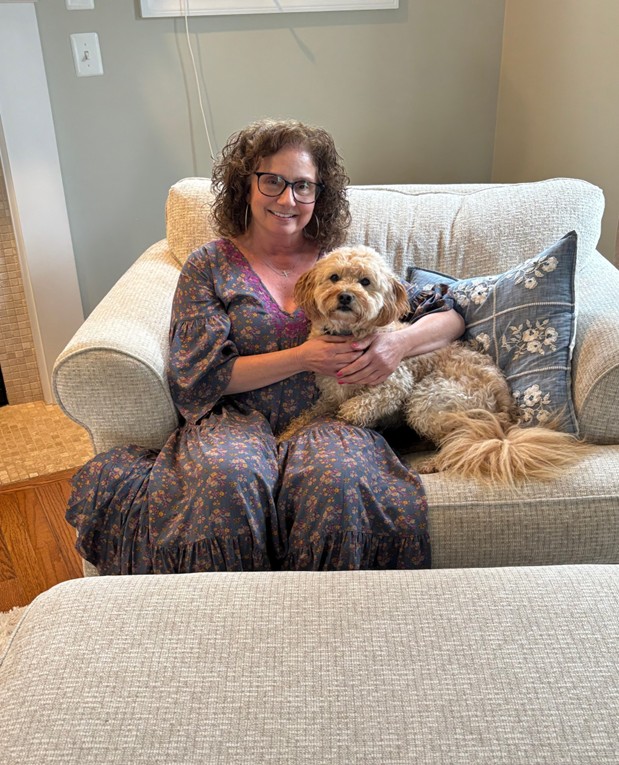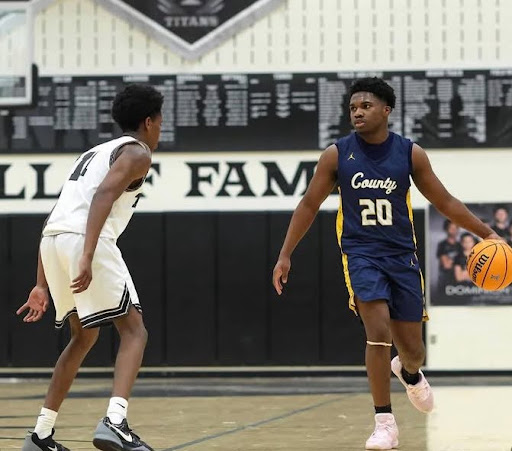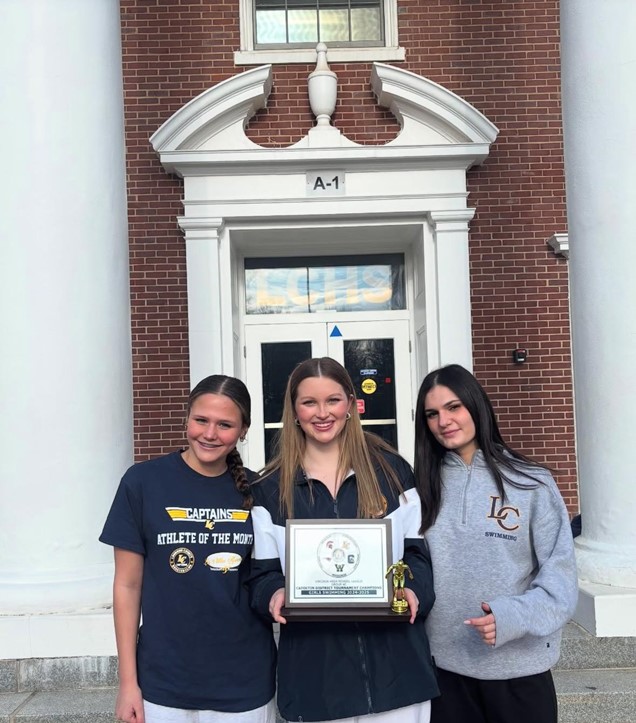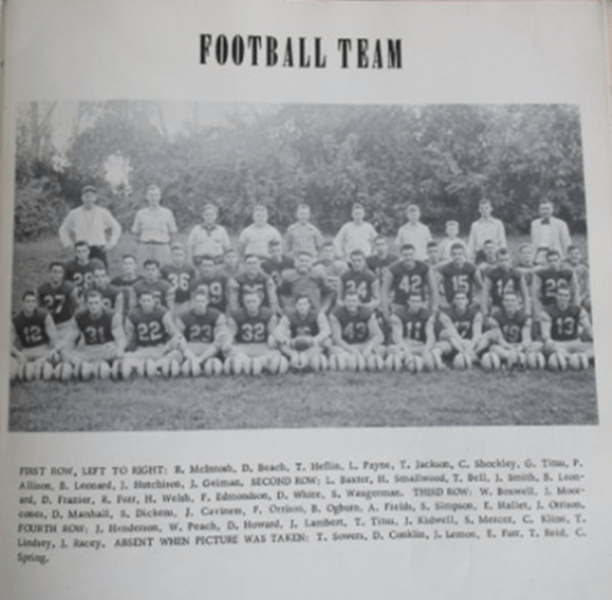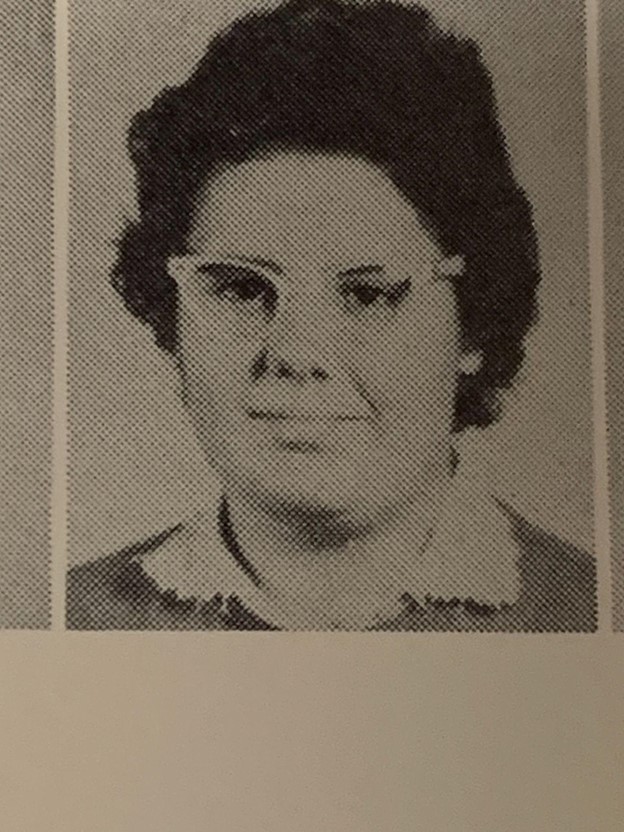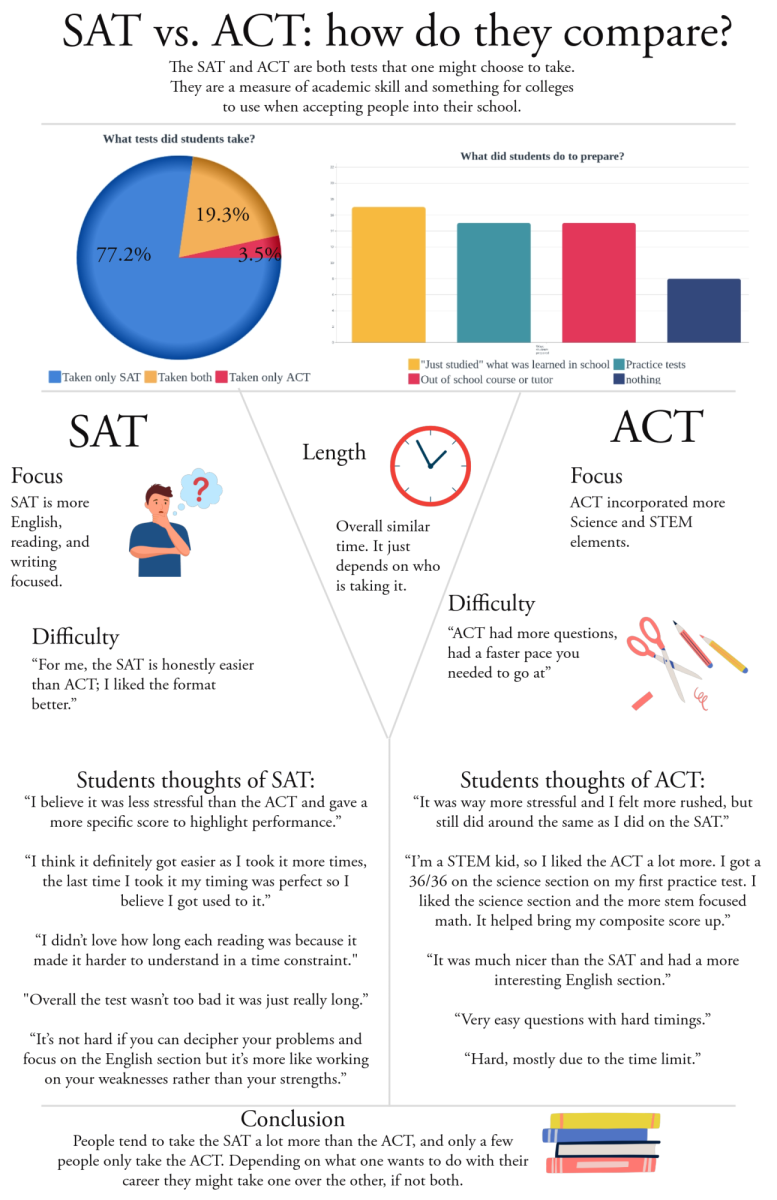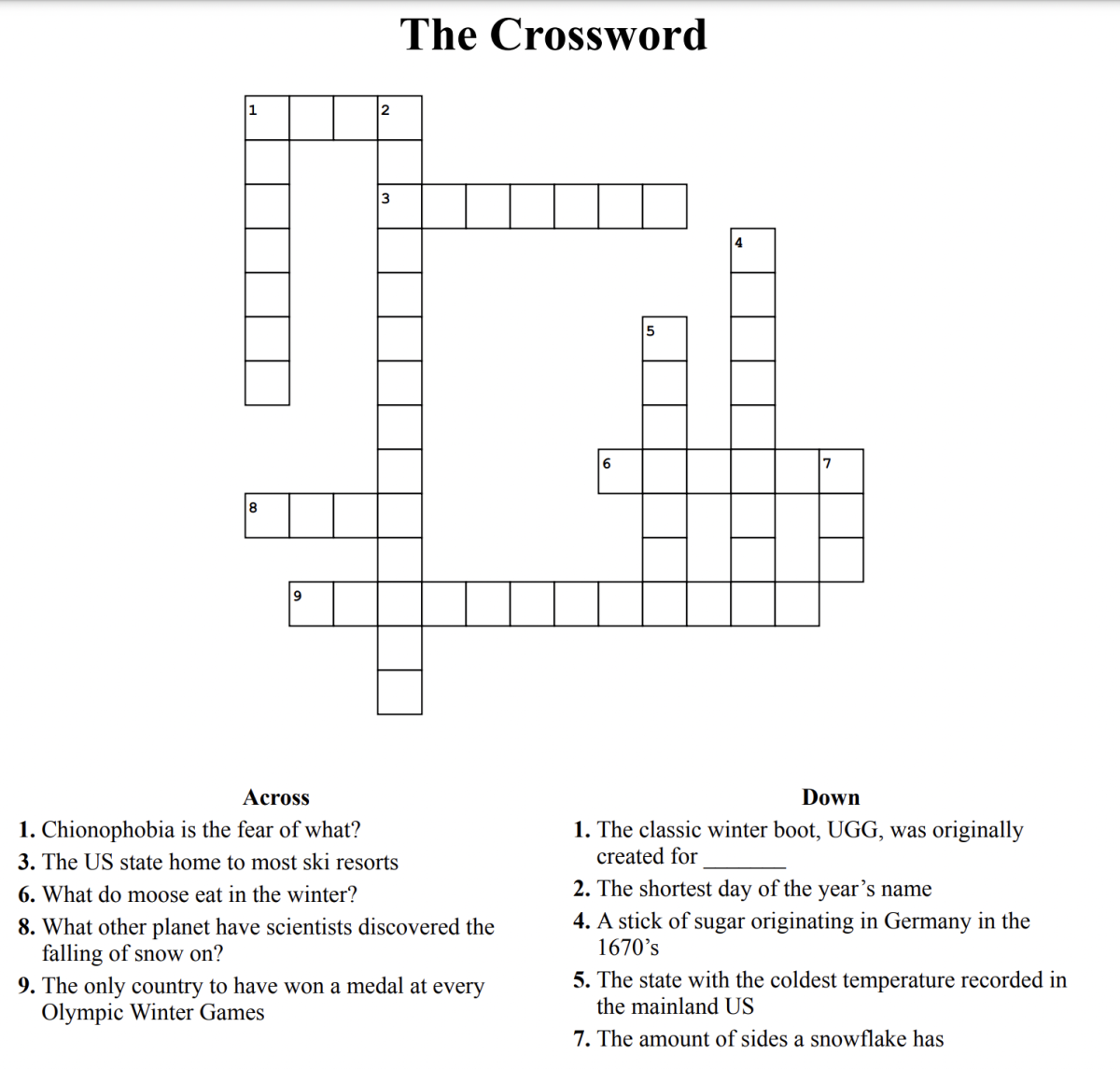For County’s 70th anniversary, Sophia Casciano interviewed her aunt, who attended the school in the 1990s. Here, Sophia shares her aunt’s story.

Andrea Rakowski attended County from 1992–1996, when the school year began right after Labor Day and ended “depending on snow days” in the beginning of June. School started at 8:10 and let out at 3:20. In those days, classes lasted 50 minutes, with 7 blocks meeting each day. Between blocks, “we did not only use lockers, but we shared lockers because if you had your classes by the office, and then you had to go to the science wing after lunch instead of having to go all the way back or get your books, we didn’t really carry bags like students do now,” Rakowski said.
During an average school day, students, much like today, had a physical pass they had to carry with them whenever they left the classroom, although there were no security officers patrolling the hallways that checked for passes up until 1997. Students had to follow more restrictive rules in their classes compared to now. “You were not allowed to eat, chew gum, or even have a water bottle without special permission,” Rakowski said.
School-provided lunches were around $2.00 per student, and all students had to pay in cash. The lunches were divided into three times: A, B, and C lunches; students would be assigned one of these three lunches based on the student’s class schedule. Students were also not allowed to leave the campus during their lunch period.
Then, the course selection was limited. Much like today, underclassmen had to participate in a gym class and take a minimum of two years of language. The elective option was a fraction of the option we are provided now. The only higher-level classes included a select number of advanced classes, such as honors and AP courses, which were very limited per subject and “were not very popular with the majority of students,” Rakowski said.
As for school activities, clubs and sports were the most popular among students, including girls and boys soccer, boys wrestling, football, baseball, basketball, girls softball, tennis, and track & field. Back in the day, sports were quite competitive. “I played for the girls soccer team, and a lot of the coaches for the select team would not let students play for both select and high school, so we definitely had lower numbers. The only local competition schools were Broad Run, Loudoun Valley, and Park View,” Rakowski said.
Seniors were given the option to take SATs and ACTs. “You needed one of the two or another similar test when applying to college since schools then were not test-optional.” Rakowski said. “Seniors weren’t as lucky as present-day Captains when it comes to early release; early release was not offered to every senior at County. “As a senior, I took a marketing program with which I could do an early release program so that you could go to work instead of going to class. But otherwise, not everybody got out early. Especially lower grade levels were not able to take classes that granted them permission to leave early,” Rakowski said.
With high school students of her own, Rakowski was amused that student life has changed drastically. “We made in-person plans and used landline phones at our houses to call each other and make plans,” Rakowski said. Aside from social life, Rakowski highlights the change in content intensity. “Everything is more of a college atmosphere than it was when I went to high school at County. Now you just have so many more options as far as the variety of classes and the level of classes, and just so many more opportunities.”
Rakowski also brings up insights that she has noticed as a parent herself that have changed since she was a student. “Something that I don’t want to touch on a lot, but there’s the scariness of the violence, like how things have changed. I didn’t have to worry about an intruder coming into my school or people sending threats. That, to me as a person with high schoolers of my own, is the biggest difference,” Rakowski said.
The Columbine massacre in 1999 is considered by some to be the unofficial beginning of school violence. Despite the visibility of school violence according to the NIJ (National Institute of Justice) schools use more safety and security measures to ensure students safety and the percent of youth homicide is currently less than 3%. Despite the few concerns she enjoys looking back at her high school experience and watching her kids do the same.
“It’s fun to hear about County now from current students and be able to compare how much has changed from when I was a student,” Rakowski said.




